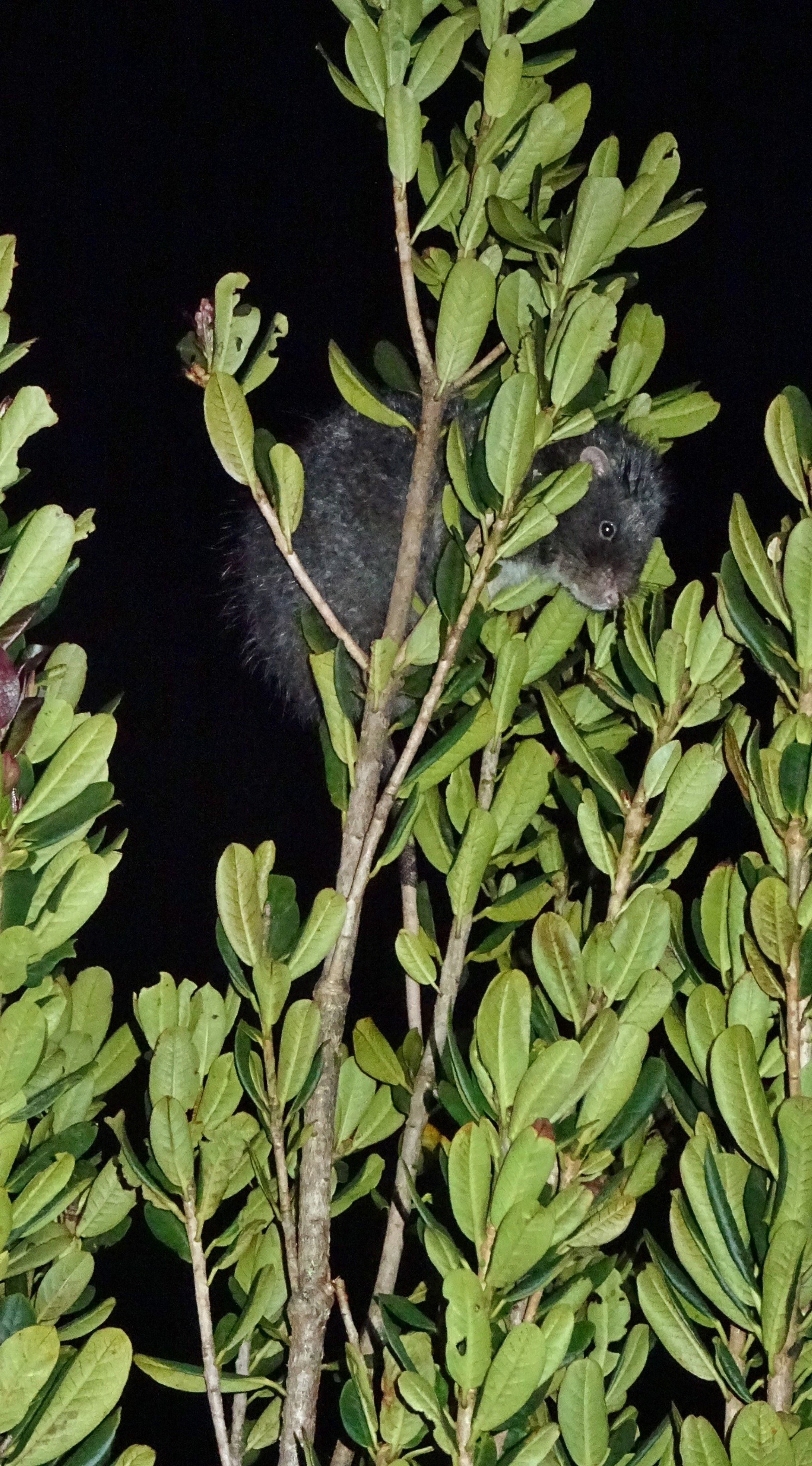Some species across the world are known only from museum specimens. Sadly, for some, the information we know from the museums is the only information we will ever have, but for others the museum collections can be just the beginning. A species of rat known only from historical museum material has been pictured alive and well in the mountains of Papua New Guinea, representing the first time this animal has been documented in the wild.
The subalpine woolly rat (Mallomys istapantap) was only scientifically described in 1989 and that information came from a museum specimen. The animal has only been seen alive once in the last 30 years and never photographed; the only images (apart from those of the specimen) are painted illustrations from 1995. However, a Czech doctoral candidate called František Vejmělka decided to go looking.
A six-month expedition to the island of New Guinea had Vejmělka working closely with local Indigenous communities. The groups were surveying the highest peak in Papua New Guinea, Mount Wilhelm, and Vejmělka documented 61 species of mammals on the mountain.
“If it weren’t for the Indigenous hunters who accompanied me in the mountains and helped me locate the animals, I would never have been able to collect this data,” says Vejmělka in a statement.
Crucially during the trip Vejmělka was able to find the woolly rat. The rat was discovered between elevations of 3,700–3,200 meters (12,139-10,498 feet) above sea level. By using camera traps and going on night hunts with local landowners, Vejmělka became the first person to record images and videos of the species.
Vejmělka was also able to record measurements for five adult males, which weighed between 995 grams and 1.5 kilograms (2-3.3 pounds). Alongside this the stomach contents was also examined, which contained a diet mostly made up of fern species, confirming a herbivorous diet. Vejmělka also noticed a trait not mentioned in any reference to the subalpine woolly rat: a strong, reddish brown color on the chests of the animals, both male and female, that were observed in the wild.

This species is described as “scansorial”, highlighting their climbing ability.
Image Courtsey of František Vejmělka (Vejmělka. F, Mammalia 2025)
“The combination of modern and traditional detection methods enriched by the immense traditional hunting knowledge of Indigenous communities resulted in the first specimen records of this remarkable rodent in over 30 years and the first scientific observations of living animals,” explains Vejmělka in the paper.
The study is published in the journal Mammalia.
Source Link: Meet The Subalpine Woolly Rat, Photographed And Documented In The Wild For The First Time